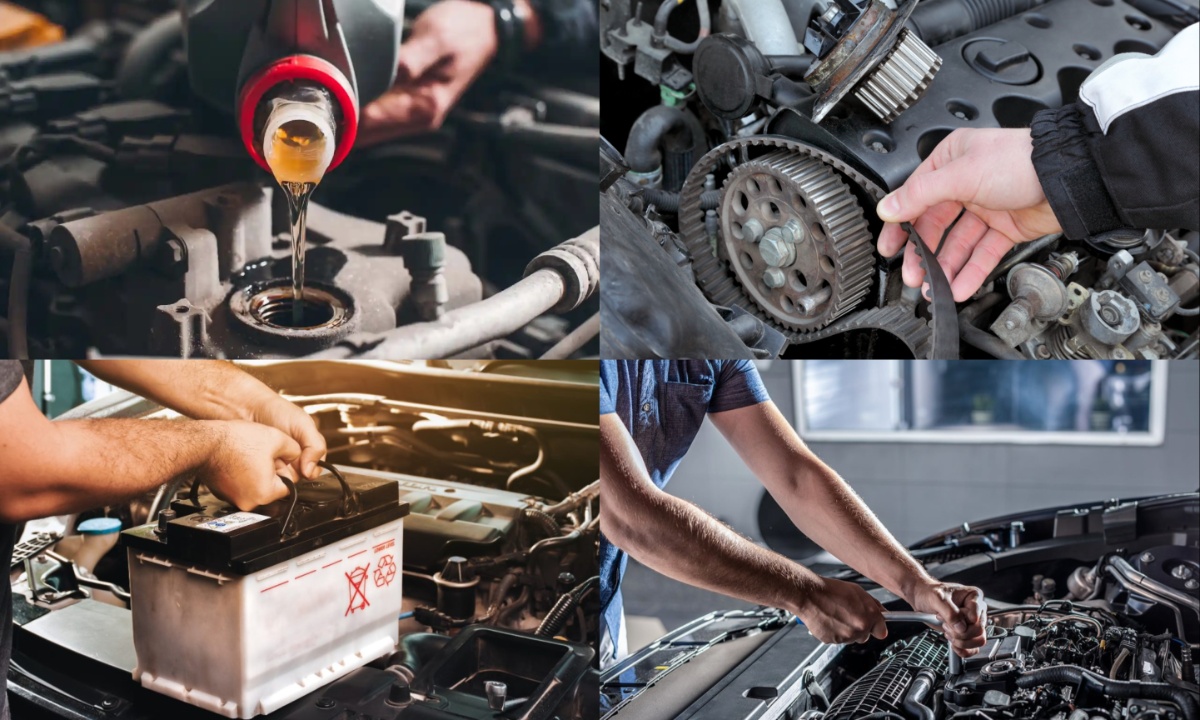Your vehicle’s engine is its heart, and like any vital organ, it requires consistent care to function properly. Yet, many drivers unknowingly make small, avoidable mistakes that quietly sabotage engine health over time.
These oversights, often dismissed as minor, can snowball into costly engine damage or complete failure. In this guide, we highlight the 10 most overlooked car maintenance mistakes that, if ignored, can drastically shorten your engine’s life. Knowing what to avoid can save you thousands and extend your vehicle’s lifespan.
1. Skipping Regular Oil Changes
Failing to change your car’s oil on schedule is one of the most damaging mistakes a driver can make. Motor oil is vital for lubricating engine parts, preventing overheating, and reducing wear. Over time, oil breaks down and becomes less effective.
Ignoring this leads to increased engine friction, higher temperatures, and potentially engine failure. To avoid this, always follow your manufacturer’s recommended oil change interval—usually between 3,000 and 7,500 miles, depending on the oil type and driving conditions.
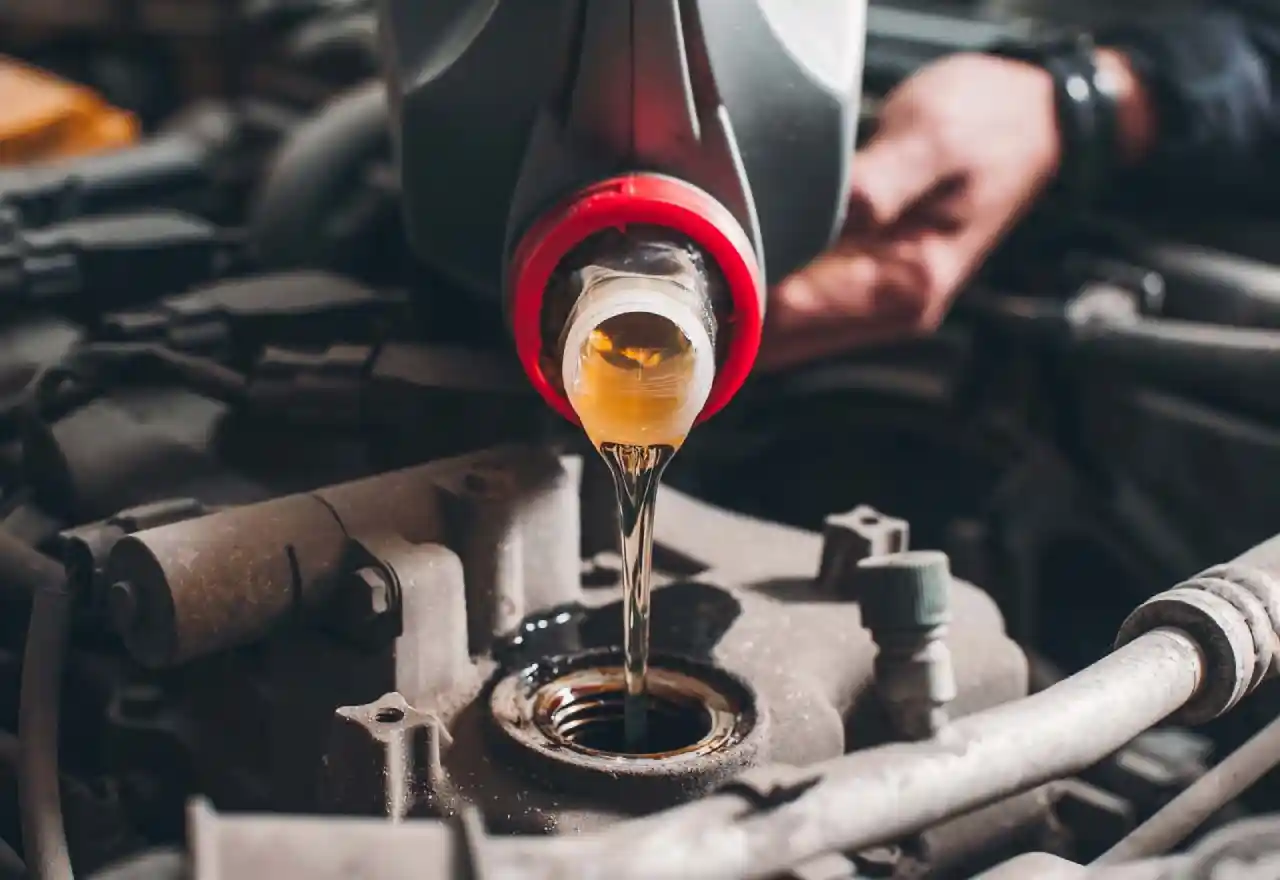
2. Poor Tire Maintenance
Tires play a key role in handling, fuel efficiency, and safety. Many drivers neglect their tires, failing to check pressure or monitor wear patterns. Driving with under- or overinflated tires can lead to reduced traction, uneven wear, and even blowouts.
Regularly inspecting tire pressure, rotating tires every 5,000 to 7,500 miles, and checking for damage or bald spots will extend tire life and ensure optimal vehicle performance and safety on the road.
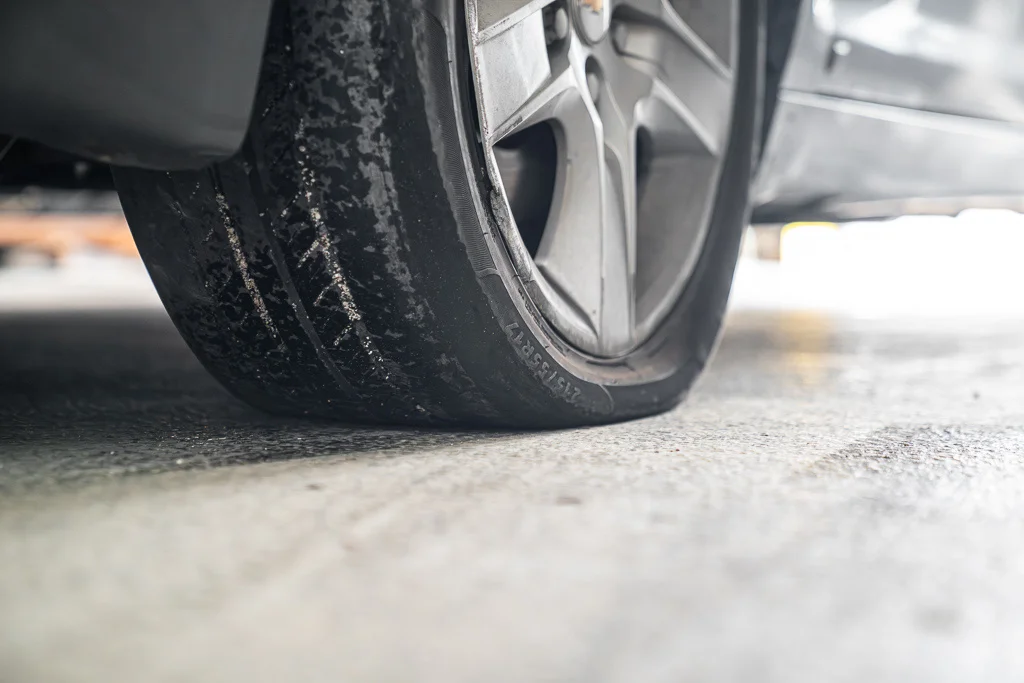
3. Overlooking Brake Issues
Brakes are your car’s most critical safety feature, yet many people delay servicing them until it’s too late. Warning signs such as squeaking, grinding, or soft brake pedals often go ignored.
Continued neglect may lead to complete brake failure or expensive rotor replacements. To stay safe, have your brakes inspected every 10,000 to 15,000 miles and replace brake pads as needed. Addressing issues early can save you money and prevent dangerous driving conditions.

4. Not Replacing Air Filters
Air filters keep dirt and debris from entering your engine, but over time, they get clogged. A dirty air filter can restrict airflow, reduce fuel efficiency, and decrease engine performance.
Many drivers forget to replace them, leading to weaker acceleration and higher emissions. Make it a habit to replace your engine air filter every 12,000 to 15,000 miles and your cabin air filter every 15,000 to 30,000 miles, depending on your vehicle and driving environment.
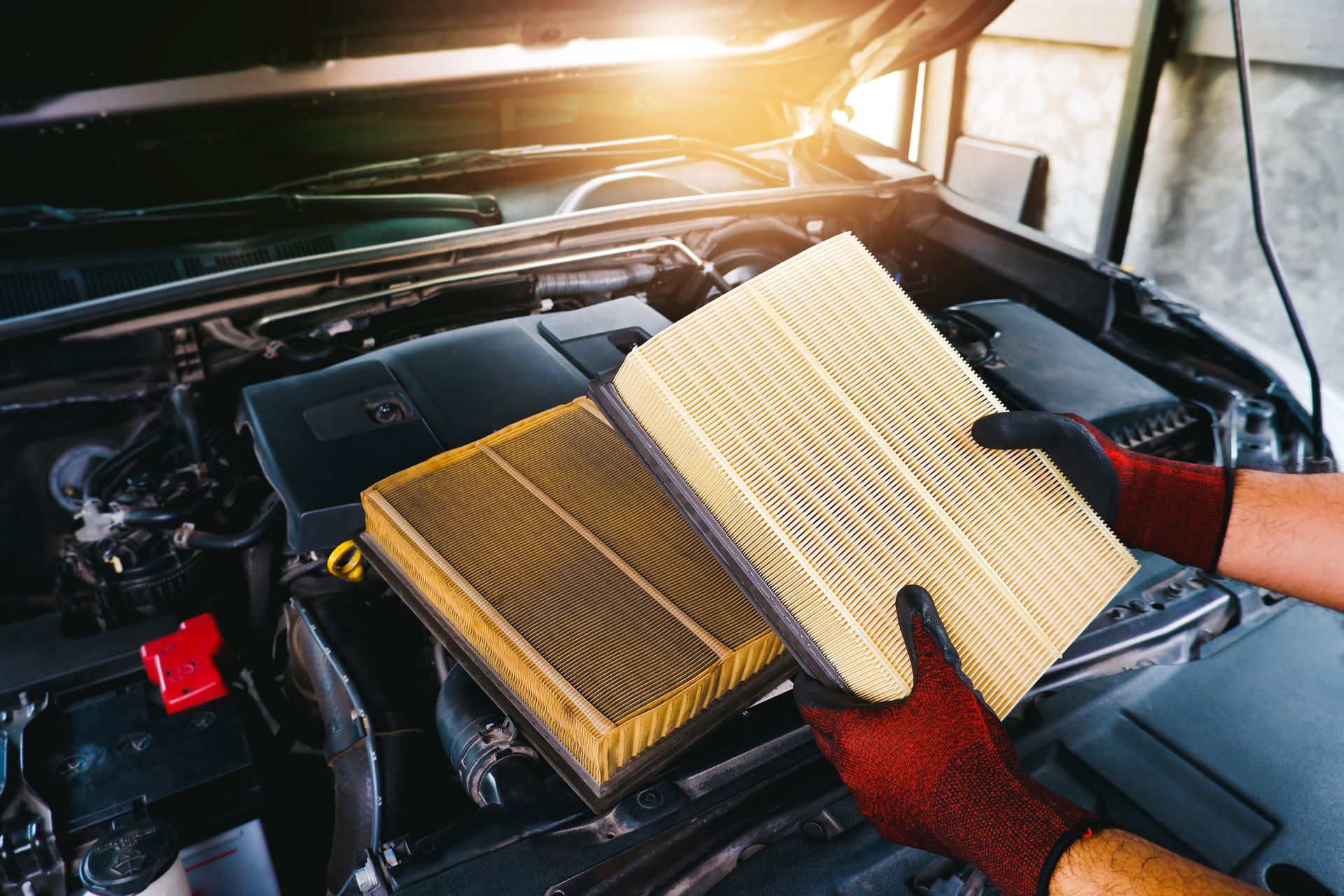
5. Ignoring Dashboard Warning Lights
Dashboard warning lights are your car’s way of telling you something is wrong. Too often, drivers dismiss these alerts, assuming they’re not serious. Whether it’s the check engine light, oil pressure warning, or battery alert, ignoring these signs can lead to bigger problems.
Acting quickly when a warning light appears—by consulting your mechanic—can prevent more severe damage, reduce repair costs, and keep you safe on the road.
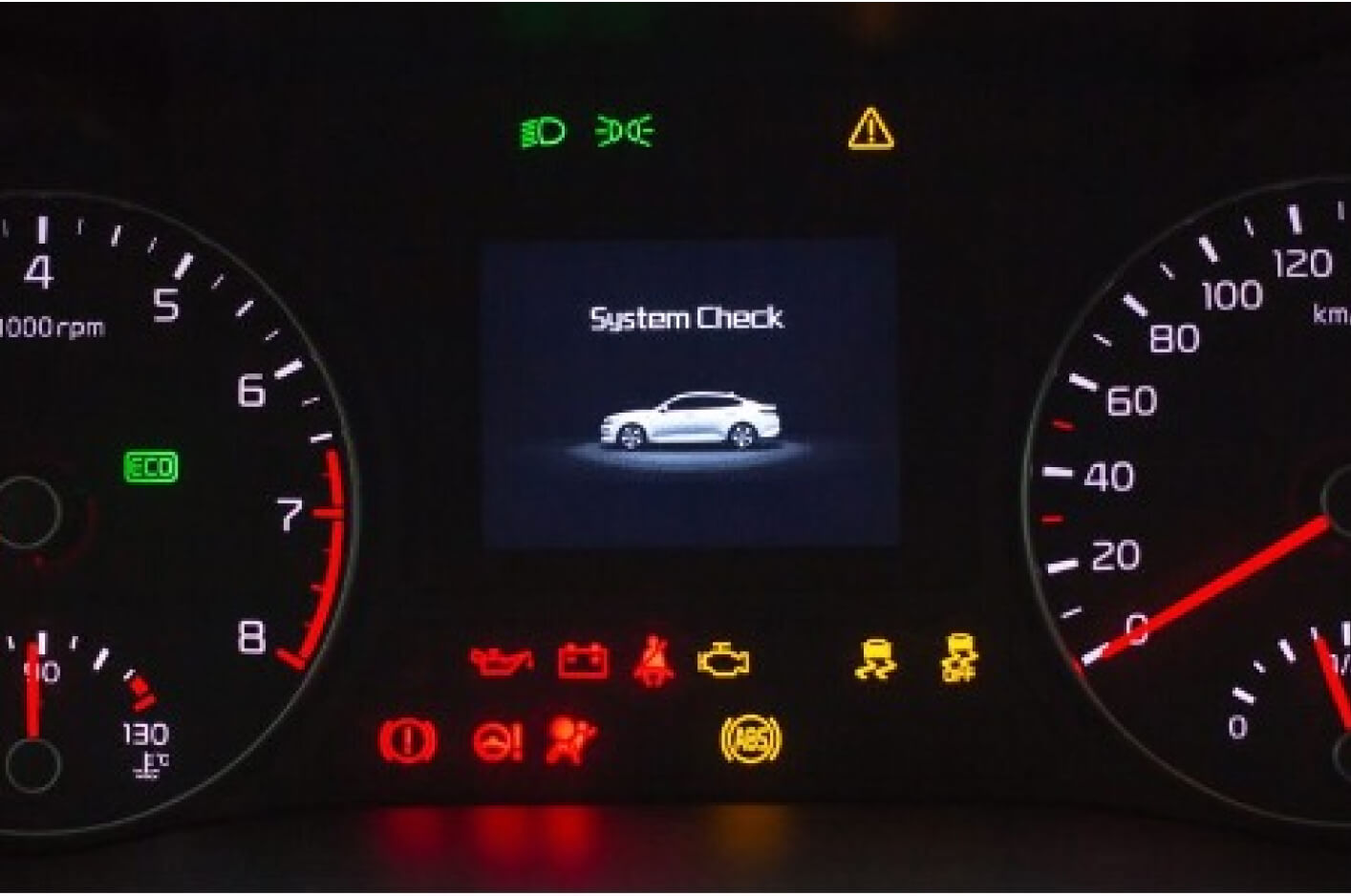
Also Read: 10 Cars With the Best MPG That Are Also Built to Last on America’s Roads in 2025
6. Skipping Scheduled Maintenance
Every vehicle comes with a recommended maintenance schedule, but many owners skip these vital services. This neglect can accelerate engine and transmission wear, reduce vehicle lifespan, and even void warranties.
Scheduled maintenance checks—typically at 30K, 60K, and 100K miles—help identify problems early and keep your car running efficiently. Following your owner’s manual is one of the best ways to avoid unexpected breakdowns and costly repairs down the line.

7. Using the Wrong Fluids
Each part of your car—from the engine to the brakes—requires specific fluids to operate correctly. Using the wrong type or mixing fluids, like coolants, can cause serious internal damage.
Common mistakes include using incorrect oil viscosity, neglecting transmission fluid changes, or topping up brake fluid with the wrong type. Always consult your manual and use only manufacturer-approved fluids to avoid system failures and maintain optimal vehicle health.
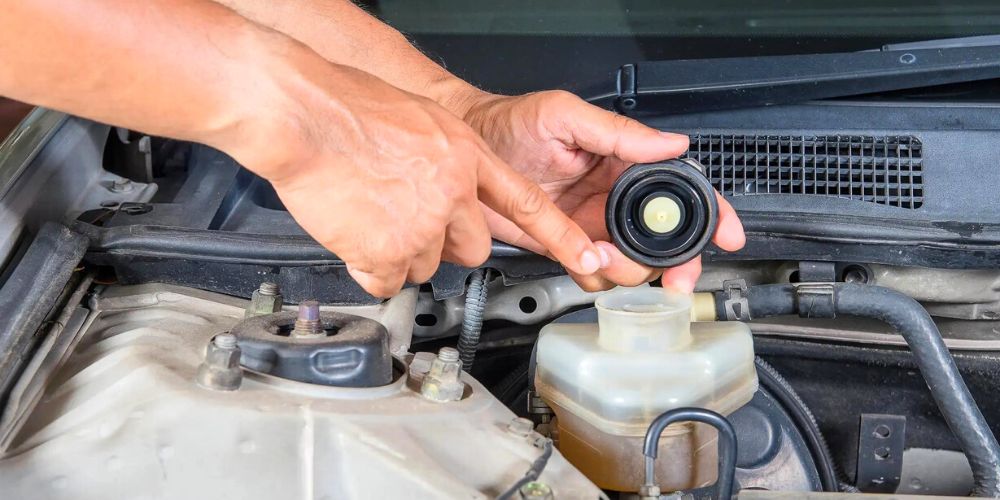
8. Forgetting Battery Maintenance
A failing battery often gives subtle hints before it dies, such as slow engine starts or flickering lights. Unfortunately, many drivers wait until the battery completely fails before addressing the issue.
Regular maintenance—like cleaning terminals and checking voltage—can help extend battery life. It’s a good practice to test your battery twice a year and replace it every 3 to 5 years. Staying proactive with battery care ensures you’re never caught off guard with a dead car.

9. Delaying Timing Belt Replacement
The timing belt is crucial for synchronizing your engine’s internal parts. If it breaks, the damage can be catastrophic, often requiring a full engine rebuild. Warning signs include ticking noises, engine misfires, and oil leaks near the timing belt cover.
Replacing the timing belt at manufacturer-recommended intervals—usually between 60,000 and 100,000 miles—can save you from devastating repair costs and keep your engine running smoothly and efficiently.
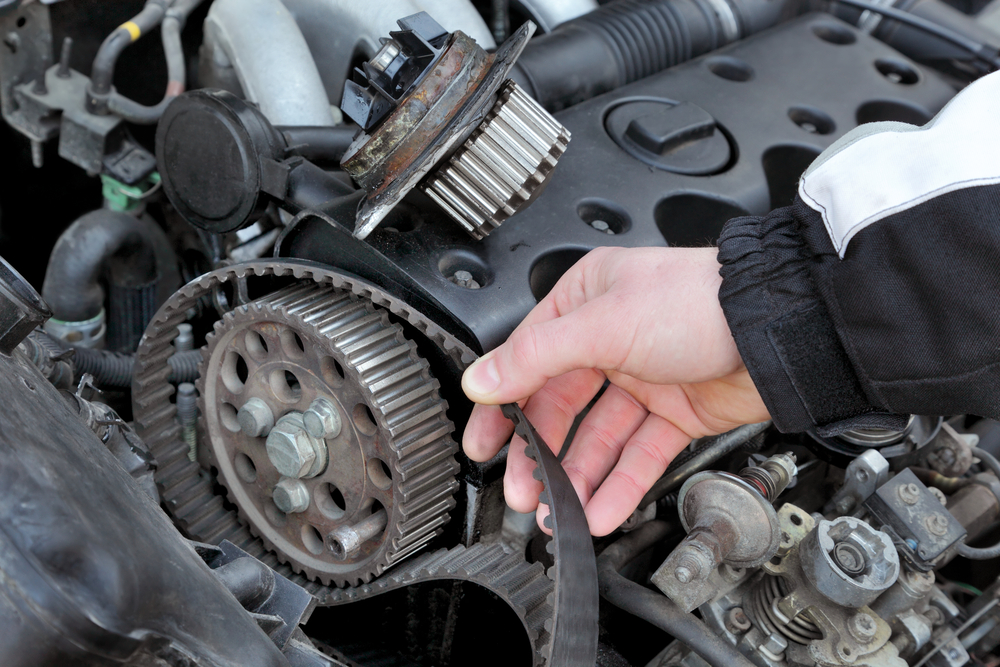
10. Unsafe DIY Repairs
Do-it-yourself car repairs can save money, but can also go terribly wrong without the right knowledge. Mistakes like over-tightening bolts, installing parts incorrectly, or using cheap replacements can lead to further damage.
While tutorials can help, not all repairs are safe for beginners. If you’re unsure about any repair, it’s best to consult a certified mechanic. Professionals have the tools and training to fix issues correctly, ensuring your car remains safe and roadworthy.

Your engine’s long-term performance depends less on luck and more on the decisions you make behind the wheel—and under the hood. By avoiding these ten overlooked maintenance mistakes, you not only prevent sudden breakdowns but also preserve your engine’s power, efficiency, and longevity.
Stay ahead by following service schedules, addressing early warning signs, and consulting professionals when in doubt. In the end, a little attention today can mean a stronger, more reliable engine for many miles to come.
Also Read: 10 Best Synthetic Oils for Engine Longevity and Peak Performance

